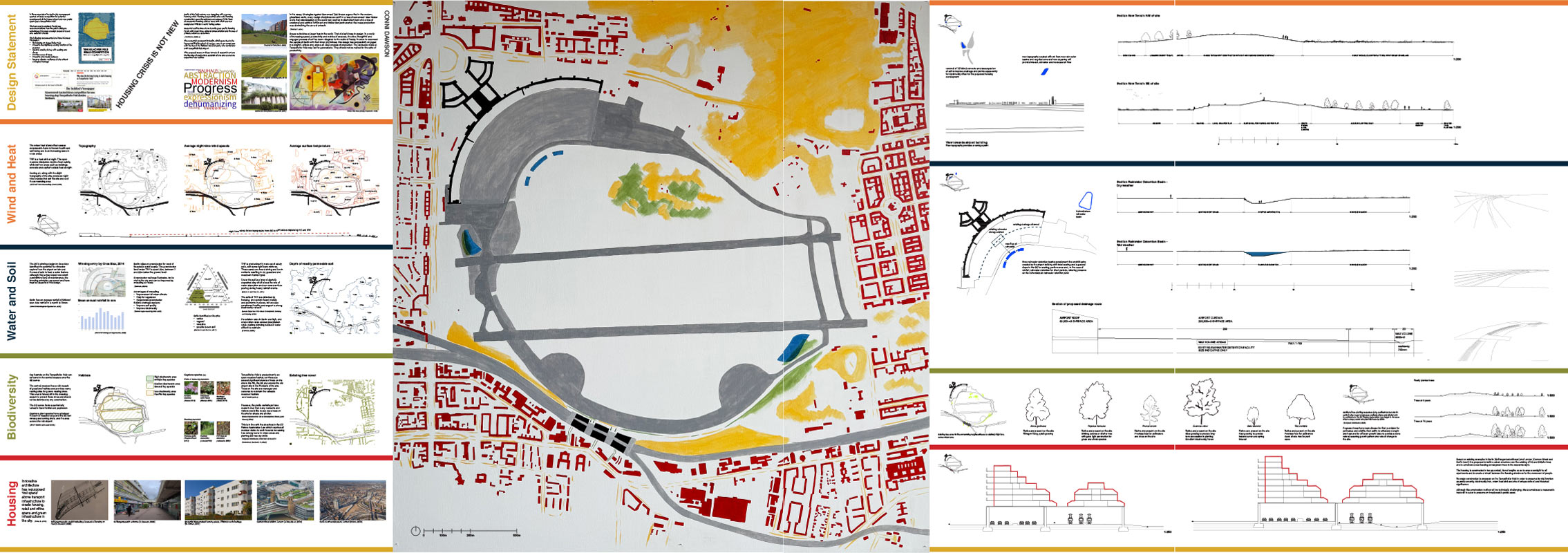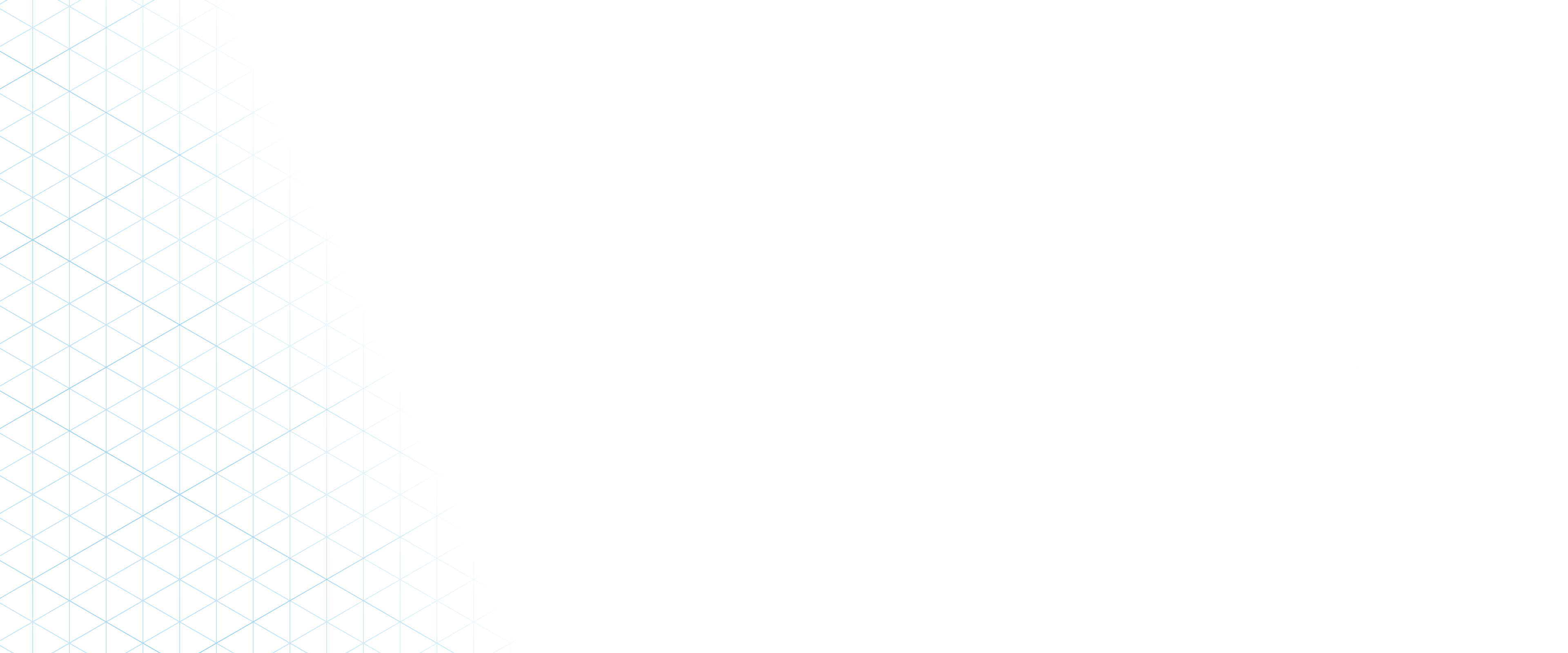

Conni Dawson
A Modernist Response
The Tempelhofer Feld Competition calls for design responses that take into account the public opinions gathered on the potential development of Tempelhofer Feld. These were overwhelmingly against development and for the use of the Feld for ecological and leisure provision for the benefit of all. (Senate Department for Urban Development, Building and Housing, 2024)
The rationale behind the competition is to address Berlin’s current housing crisis, but Berlin has experienced an acute housing shortage before. In the 1930s, architects and designers were tasked with relieving this pressure, and they responded with Modernist housing developments that are now UNESCO world heritage sites, so it seemed wise to investigate their efforts in search of inspiration. (VisitBerlin, 2025a-e)
Modernism promotes the values of integration of form and function, design for the public benefit, minimalist and abstract design, clarity and a resistance to over-programming of space. (Felber, 2024)
This design is research-led and underpinned by a resistance to what Zaš Brezar has termed the “sea of sameness”—a flattening of difference and imagination in contemporary design. In this context, the decision to paint the master plan by hand onto canvas becomes an act of political protest. The conscious slowing of process is a deliberate rejection of hyper-productivity and an attempt to counteract what Weber referred to as the “disenchantment” of mechanical design. (Brezar, 2023a-c; Marotta, 2023)
This ethos is further embodied in the design through the careful choice of interventions whose form follows their function. All design choices increase the variety, usability and ecological benefit of the site without a highly complex or ornamented form. They encourage play, open-ended use and honour the un-programmed space that is Tempelhofer Feld.
- Soil unsealing: Removal of nearly 14000m2 of non-protected concrete and decompaction of the underlying soil to increase infiltration, reduce run-off and improve groundwater recharge in line with the Senate’s goals. (Regenwasserragentur, 2025; Berlin.de, 2025 a-d)
- Rainwater management: Creation of three rainwater detention basins to relieve pressure on the nearby Columbia dam rainwater retention basin and double as accessible landscape features for the Feld’s visitors. (Berlin.de, 2025 a-d; CIRIA, 2015; Minnesota Stormwater Manual, 2024a-b, Sieker and Post, 2011; SSWM, 2025)
- Topography: Creation of two new topographical features in the NW and SE to provide interest, vantage points, additional habitat types, and to improve the nighttime airflow of the site, which is a valuable ecosystem service to the city. (GEO-NET, 2009)
- Material reuse: Use of cut material from rainwater detention basins, and removed concrete, to create the topography in line with circular materials usage principles
- Tree planting: Planting of 530 trees to create shelter without impacting the site's airflow or protected habitats and organisms. This is in line with the EU Nature Restoration Law’s goal to increase urban canopy cover and plant 3B trees by 2050. (European Commission, 2025; SWUP GmbH, 2021a–b)
- Housing: Proposal of housing construction over the top of the adjacent road and S-Bahn infrastructure as a counter to the proposal of development on an irreplaceable environmental and public good. (Ghafouri and Weber, 2020; Huang, Mori and Nomura, 2023; Maldonado, 2024; Price, 2018)